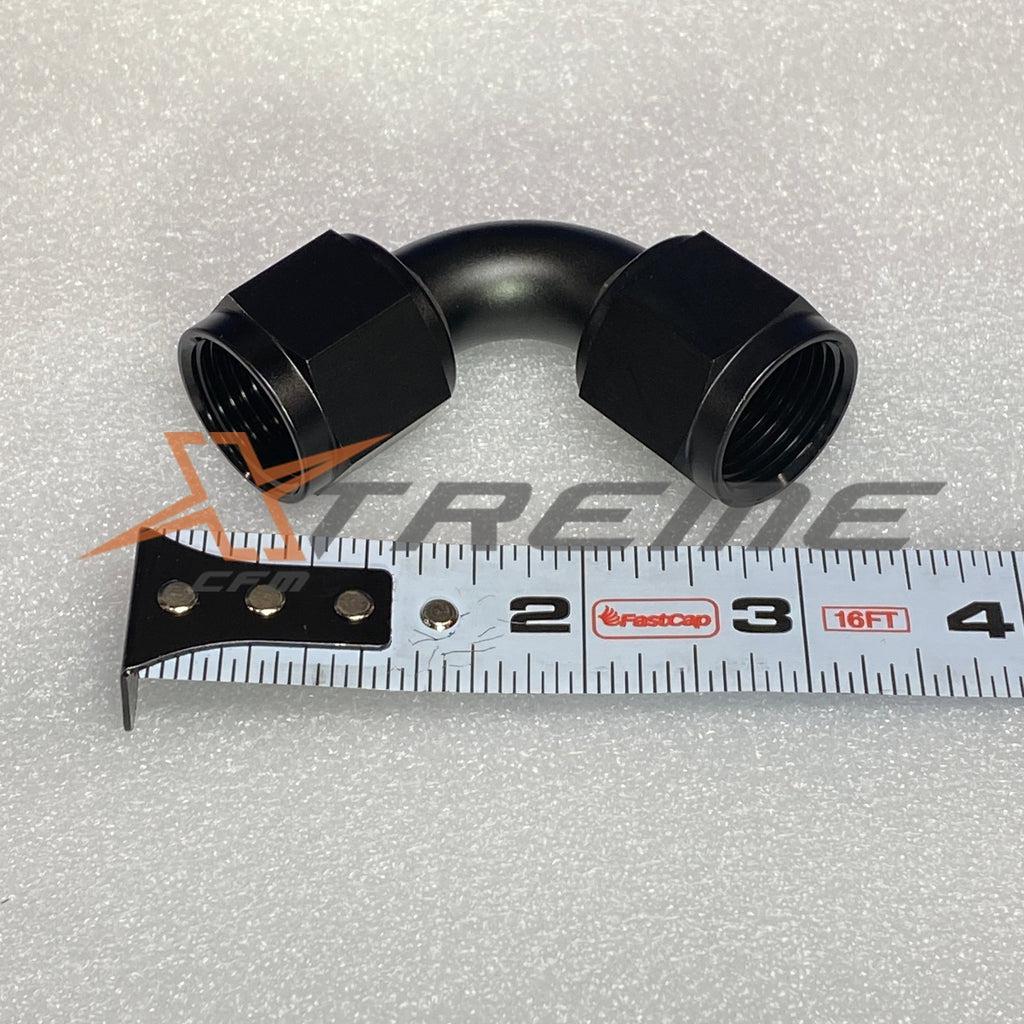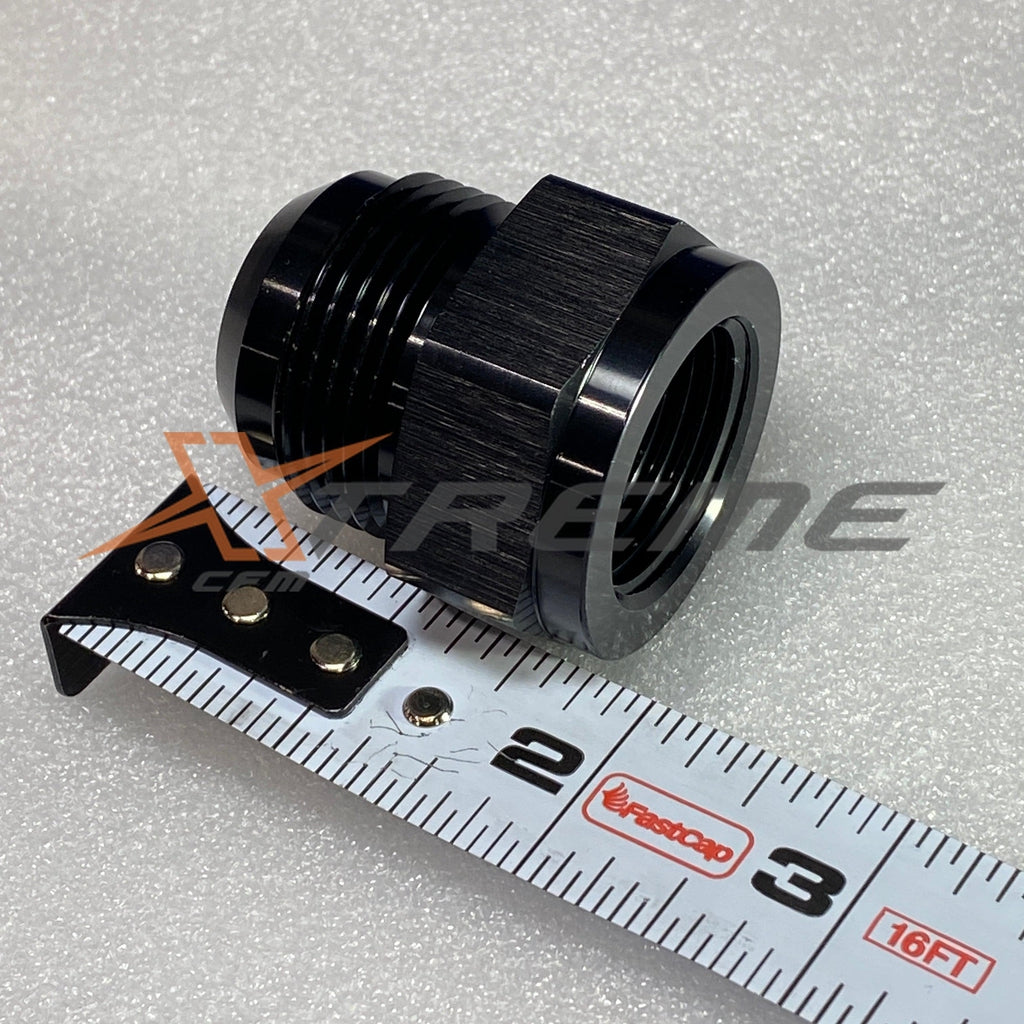
ANatomy of AN Fittings: A Comprehensive Guide
AN fittings, derived from the term "Army-Navy", are a standardized type of fitting designed to connect hoses and tubing in high-pressure fluid transfer applications. They were initially developed for military use but have since become popular in various automotive and industrial sectors. This comprehensive guide will help you understand the different AN fitting variants, hose ends, and adapters available, enabling you to choose the right components for your project.
AN Fitting Variants
AN fittings are available in various configurations, depending on the application and the hose type. Some common variants include:
Push Lock Hose Ends
Push lock hose ends are designed for use with push lock hoses, which do not require a hose clamp or ferrule (although shrink clamps can be used for added hold). These fittings have a barbed end that securely fits into the hose, providing a tight seal when the hose is pushed onto the fitting. Push lock hose ends are easy to install and uninstall, making them popular for applications where frequent maintenance or adjustments are required. They are often used in fuel, oil, and coolant systems.
Braided Hose Ends
Braided hose ends are specifically designed for use with stainless steel or nylon braided hoses. These hose ends have a reusable swivel nut and a socket that holds the hose in place, ensuring a secure connection. To install a braided hose end, the hose must first be cut and assembled onto the fitting, with the swivel nut tightened down to create a leak-proof seal. Braided hose ends are commonly used in high-performance automotive applications, such as fuel lines, oil cooler lines, and transmission cooler lines.
Other Hose End Configurations
In addition to push lock and braided hose ends, there are several other hose end configurations available to suit various needs:
-
Crimp-style hose ends: These hose ends require a special crimping tool to secure the hose onto the fitting. They provide a strong, leak-free connection and are often used in high-pressure applications, such as hydraulic systems.
-
Banjo hose ends: Banjo hose ends are designed for use with banjo bolts and allow for a 90-degree connection without any additional adapters. They are commonly used in tight spaces where a traditional hose end would not fit, such as brake and power steering systems.
-
Quick disconnect hose ends: Quick disconnect hose ends enable easy installation and removal of hoses without the need for tools. They are often used in applications where frequent disconnections are required, such as fuel systems and coolant lines.
Adapters, Ys, Ts, and More
In addition to the various hose end configurations, AN fittings also come in a wide range of adapters, Ys, Ts, and other accessories to accommodate different applications and routing requirements:
- Straight adapters: Straight adapters are used to connect hoses or tubing of the same or different sizes. They are available in various materials, such as aluminum, steel, and stainless steel, and are commonly used in fuel, oil, and coolant systems.
- Elbow adapters: Elbow adapters, available in 45-degree and 90-degree configurations, are used to change the direction of hoses or tubing. They are particularly useful in tight spaces or when the hose must be routed around obstacles.
- Y and T adapters: Y and T adapters are designed to split or combine fluid flow in a system. They are often used in situations where multiple hoses need to be connected to a single port, such as coolant lines or fuel return lines.
- Reducer and expander adapters: Reducer and expander adapters allow for the connection of hoses or tubing with different sizes. They are commonly used in applications where a smooth transition between different hose sizes is required, such as intercooler piping or fuel lines.
- Bulkhead adapters: Bulkhead adapters are designed to pass hoses or tubing through a panel, firewall, or other barriers. These adapters provide a secure, leak-proof connection while maintaining a clean and organized appearance. They are commonly used in applications where hoses must be routed through a vehicle's firewall, such as fuel systems or brake lines
- AN to NPT adapters: AN to NPT (National Pipe Thread) adapters are used to connect AN fittings to NPT threaded components, such as fuel pumps, regulators, and oil coolers. These adapters enable the integration of AN fittings into systems that utilize NPT threaded components, providing flexibility and compatibility between different connection types.
- Flare to flare adapters: Flare to flare adapters are used to connect two AN fittings directly, without the need for a hose. They are useful in situations where a hose is not necessary, or space constraints do not allow for the installation of a hose.
- Check valves and shut-off valves: Check valves and shut-off valves are designed to control the flow of fluid within a system. Check valves prevent backflow, ensuring that fluid flows in only one direction, while shut-off valves allow for the manual control of fluid flow. These components can be integrated into AN fitting systems to provide additional control and safety features.
In conclusion, AN fittings offer a versatile and reliable solution for connecting hoses and tubing in high-performance automotive applications. With a wide range of hose end configurations, adapters, and accessories available, AN fittings can be tailored to suit nearly any requirement. Understanding the different AN fitting variants and their uses is essential when selecting the right components for your project. By choosing the appropriate AN fittings, you can ensure a secure, leak-free connection, resulting in improved performance, reliability, and appearance of your vehicle's fluid transfer systems.
- Choosing a selection results in a full page refresh.










